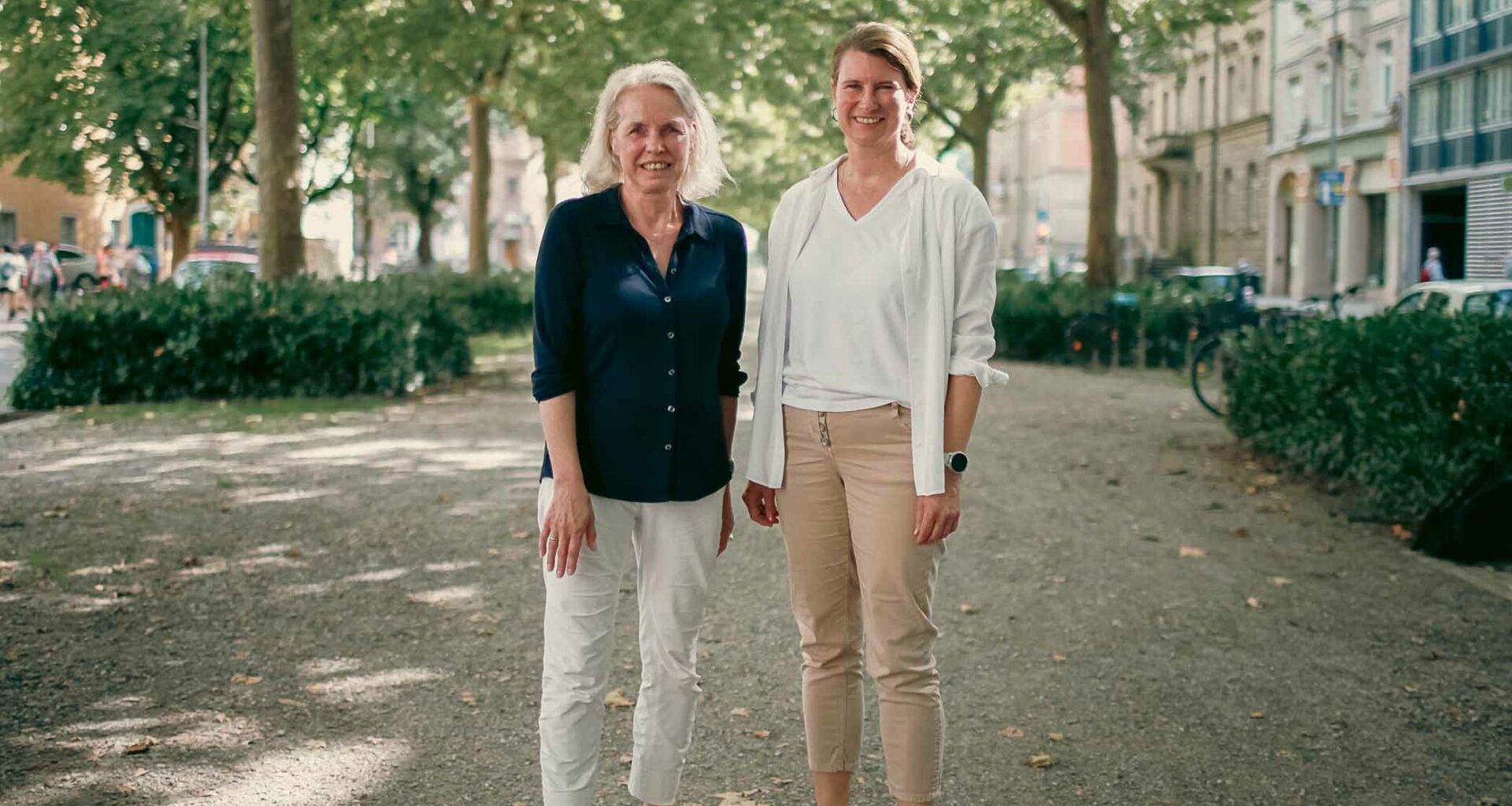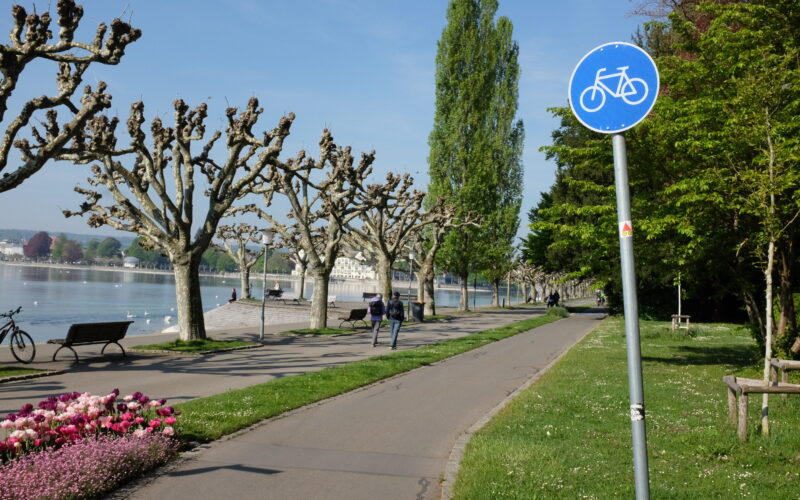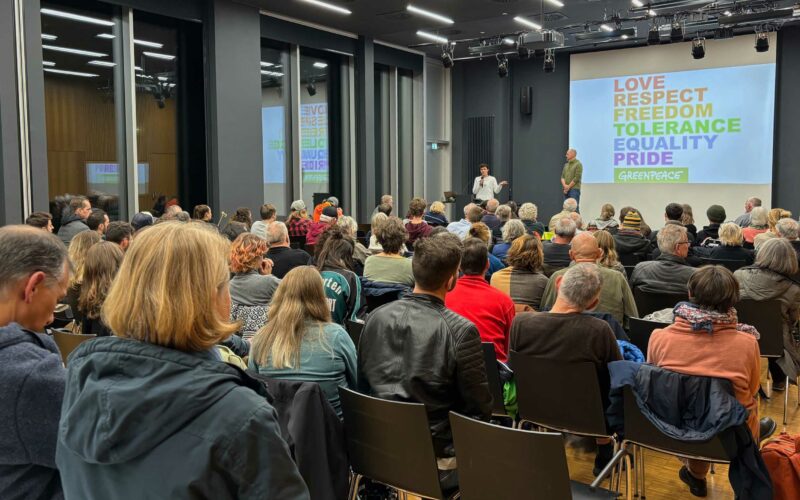- Konstanz plans to create around 7,900 new apartments by 2035 to counter the increasing housing shortage.
- The housing action program, which has been in force since 2014, aims to improve the quality and quantity of housing, supported by empirical studies.
- Social housing construction is being promoted, with 30 percent of new builds for people on medium and low incomes.
- The focus is on the development of socially mixed neighborhoods and support for cooperatives.
- Central projects such as the “Hafner” residential district are to be completed by 2027, but face challenges such as rising construction costs.
- Despite positive results since 2014, the housing market remains tense, particularly due to immigration and rising costs.
Konstanz is among the cities in Germany that are particularly strongly affected by an increasing housing shortage1. As early as 2014, the city council therefore decided on the „Housing Action Program“ to specifically increase both the quantity and quality of housing. But the current construction crisis, rising interest rates, and scarce funding pose unexpected challenges for the city administration. A look at the extensive program and its results so far shows how the housing market in Konstanz is to be relieved in the long term.
The Origins of the Program
The Housing Action Program was launched in 2014 and is based on empirical studies that calculated the housing needs for the coming years. To meet the demand for housing, over 40 planning areas in the inner and outer parts of the city are to be developed and realized, spread across the entire city area. Especially the increasing attractiveness of cities like Konstanz as so-called „swarm cities“ has led to a significant increase in the demand for housing.
„Swarm cities“ are cities that are particularly attractive to young people between 20 and 35 years old and therefore experience immigration. In Konstanz, this is due, among other things, to its location on Lake Constance, the high quality of life, the diverse cultural offerings, economic opportunities, and good educational possibilities through various colleges and the university.
„It was important to us not only to build the right number of apartments but also the right ones—for the right target groups like families or senior citizens, and also with regard to different income groups,“ explains Marion Klose, head of the Office for Urban Planning and Environment. The approach consists of two fields of action: the purely numerical need for apartments and looking at which housing forms are suitable for which social groups. The motto: „Grow smart—quality instead of square meters.“
Nearly 8,000 Apartments by 2035
The action program envisages the construction of a total of 7,900 new apartments between 2016 and 2035. The target sizes for the price segments are: one-quarter lower segment (2,000 housing units), half middle segment (3,900 housing units), one-quarter upper segment (2,000 housing units). Particular emphasis is placed on a social mix within the neighborhoods.
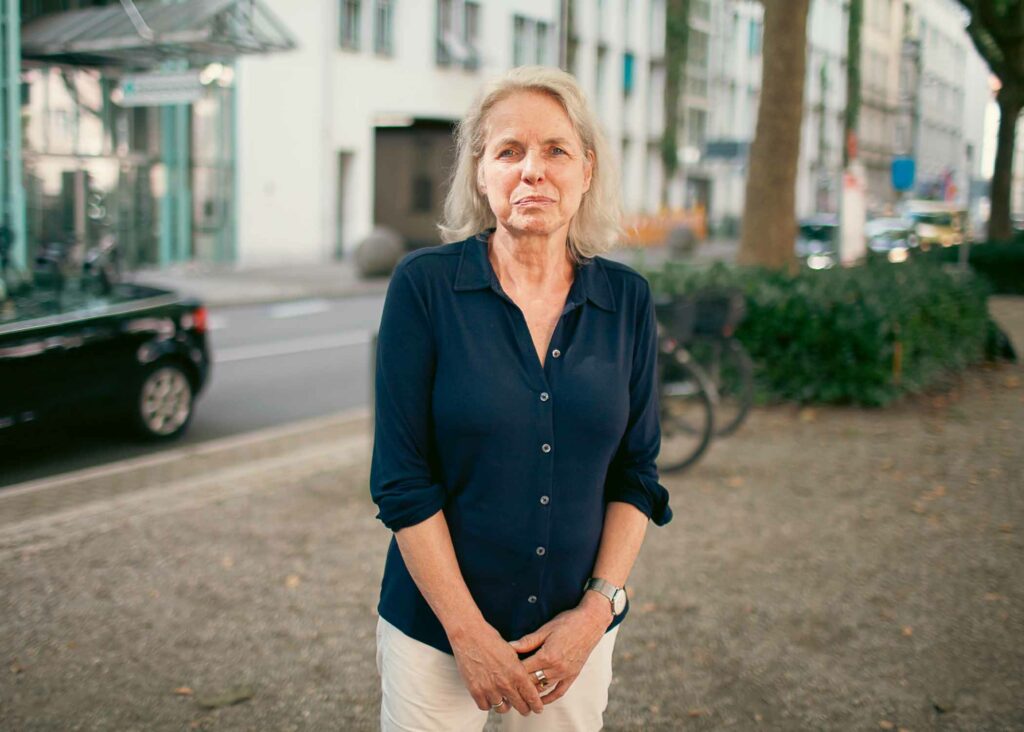
„In all areas, the target group binding is considered,“ says department head Mechthild Kreis.
This means that in every new development area, at least 30 percent of the apartments must be subsidized housing, intended especially for people with medium and low incomes. The Housing Action Program thus includes the so-called „Konstanz Model for Land Mobilization.“ If the city does not own any plots in an area, investors are contractually obliged to build apartments for the respective target group. This is currently happening at one of the largest construction sites in Konstanz: the renovation of the Telekom building and the surrounding area.
In the high-rise building, expensive condominiums are being offered, which seems in apparent contradiction to affordable housing. Marion Klose says, „On the one hand, we have the cost-intensive renovation of the high-rise, which makes it hardly possible to offer affordable housing there. Therefore, it was negotiated with the investor that in the adjacent area, the Telekom area, 30 percent social housing would be created—and a kindergarten. The goal: a mixing of the population and the avoidance of so-called ghettoization, both of the very rich and the very poor.“
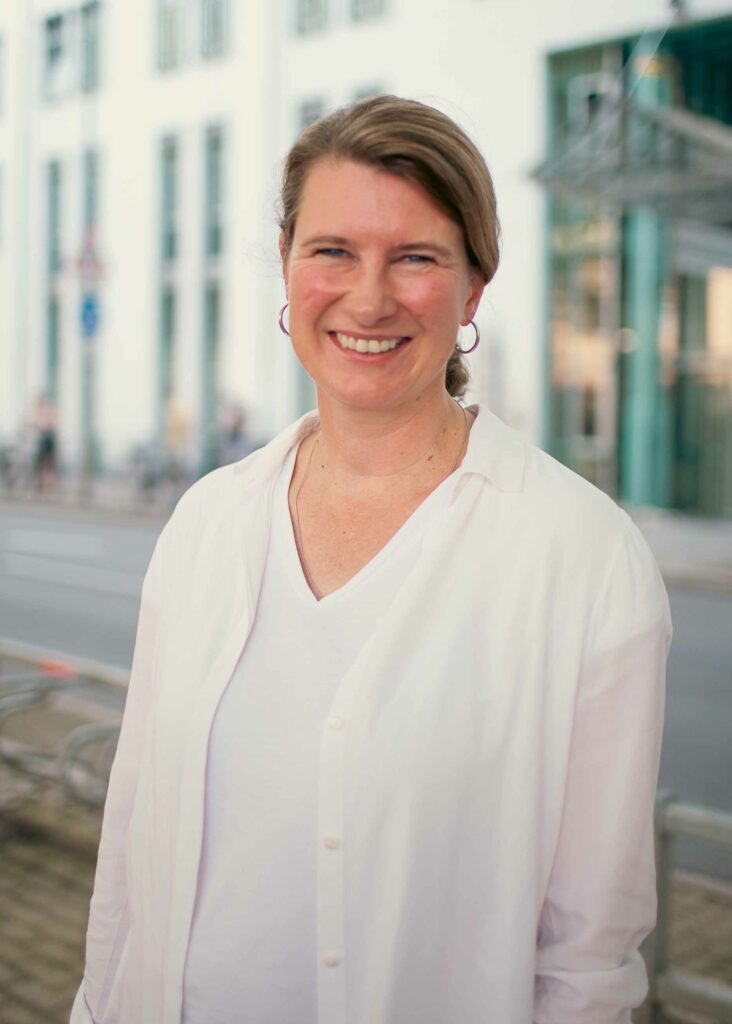
The ambitious goal of the action program: 300 to 400 new apartments per year. Between 2014 and 2023, nearly 3,000 new apartments have been created. Social housing is no longer considered a „social emergency solution“ today. The income limits for subsidized housing have been greatly increased, so that now large parts of society, including many city employees, are entitled to it.
If the necessary new-build apartments are not built, the following consequences may arise (source: City of Constance):
- Prices will continue to rise significantly,
- People looking for housing will move to the surrounding area – families will be particularly affected,
- The increase in the influx of wealthy households from outside the region will push Constance residents into the surrounding area,
- Low and middle-income households in particular are unable to find a home in Constance,
- The social structure is “unmixing”: the middle class is being lost,
- Danger of business companies moving away due to the unfavorable ratio of income to housing costs.
Another important component of the program is the support of housing projects that promote communal building and living. Cooperatives and building groups are specifically supported in implementing their own housing concepts in urban areas. An example is the model quarter „Am Horn,“ in which 100 percent of the apartments are intended for cooperatives and building groups.
„It’s important to us not only to create apartments but neighborhoods where people like to live. Housing is always also urban development—it should create neighborhoods that strengthen each other,“ says Klose.
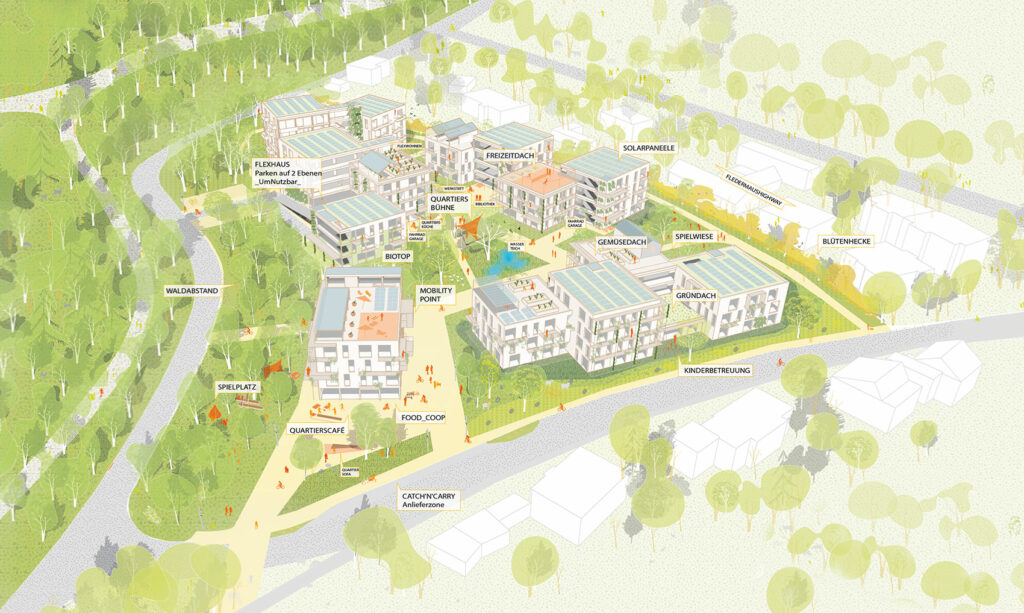
Mammoth Project Hafner
A central future project is the area „Hafner,“ the largest new residential quarter in Konstanz. More than 3,000 new apartments and 15 hectares of commercial areas are to be created here, along with five daycare centers, a primary and a secondary school, as well as several sports facilities. The Hafner is simultaneously a symbol of the challenges that housing construction in the city brings: high land prices, cramped space conditions, and ecological requirements demand innovative solutions. The unifying motto: „Home Hafner—Shaping the City Together.“
„The Hafner has always been part of our land use plan. It is a key project that will shape the development of Konstanz for the next decades,“ explains Mechthild Kreis. The connection of housing and sustainable building plays a special role here. For example, the use of wood as a building material is being tested to minimize the ecological footprint of the quarter. The schedule foresees starting with the civil engineering works in 2026 and the building construction works in 2027. Owner discussions, land acquisition, as well as participation and information formats are continuously taking place.
The Construction Crisis — and Its Consequences
Despite these ambitious plans, housing construction in Konstanz faces great challenges. Rising interest rates, construction costs, and scarce funding from state and federal governments make it increasingly difficult to realize planned projects. „We are stuck in a construction crisis,“ notes Marion Klose, head of the Office for Urban Planning and Environment.
„Many project plans are continuing, but the conditions for realization are currently very difficult.“
In other words, it cannot be ruled out that the implementation of the action program will take significantly longer than planned. In September 2023, a position paper on the „current dramatic housing construction crisis“ was published, stating that interest rates have quadrupled since 2022 and construction costs alone increased by 16 percent in 2022.
At the same time, funding for subsidized housing construction has only increased by two percent. This makes it impossible to create affordable housing. The demand will even worsen in the coming years, according to the position paper. Annually, thousands of Konstanz employees from the baby boomer generations will retire, and their positions will have to be refilled. This leads to more newcomers who need a new apartment.
In the worst case, a worsening of social competition, diversity, and a decline in social justice threaten, say the signatories of the Housing Alliance, which includes WOBAK and the student union „Seezeit.“ The appeal: federal and state governments must react now. „There is great uncertainty,“ says city planner Kreis. The issue of housing has direct impacts on the local economy, schools, and kindergartens. It affects all social groups.
Looking back at the past five years, she says, „We still have a tense housing market. That is, of course, also connected with the high immigration we have. Especially regarding the refugees who arrive here, it was important to us to create the additional housing needs on top and not integrated into the existing action program. We deliberately want no competition here.“
She speaks of around 3,400 refugees in Konstanz, with a population of more than 87,000. The largest group of refugees currently comes from Ukraine. Added to this are rising construction costs and limited funding programs from the federal and state governments. Basically, the city holds to its goal of creating affordable housing and achieving the housing construction targets because the need is still great.
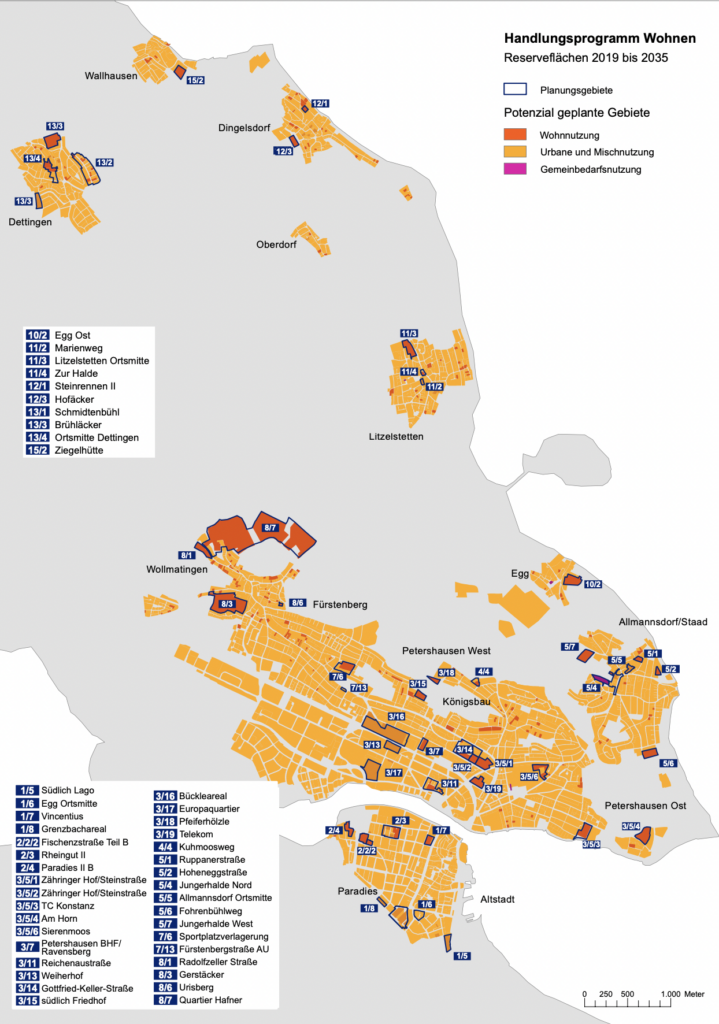
Conclusion: Halfway There
The two city planners vehemently contradict the common saying that all Ukrainians get a new apartment and the long-established residents are left behind. They are often housed in one of the ten emergency accommodations and must therefore be considered separately. Overall, ten years after the start of the Housing Action Program, the city draws a positive interim balance.
„A lot of energy has gone into the implementation of the action program since 2014. When I look at the number of planning areas, we have made good progress with the twelve realized and 21 planning and implementation building areas,“ explains department head Kreis. This means the planning foundations for the construction of 7,900 apartments are established, and some projects have already been successfully implemented.
„The most important step was that we even decided on the Housing Action Program in the city council—there are still cities today that have no comparable program.“
- Transparency note: This article was translated into English with the help of ChatGPT.
↩︎
Du willst mehr karla?
Werde jetzt Mitglied auf Steady und gestalte mit uns neuen Lokaljournalismus für Konstanz.
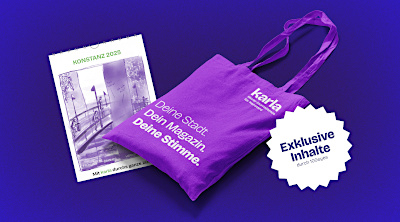
Oder unterstütze uns mit einer Spende über Paypal.![]()
